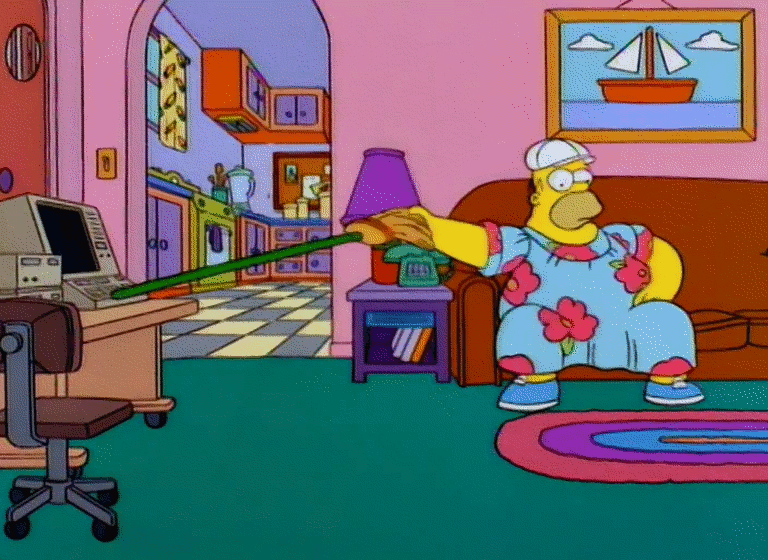
Apr
You Can’t Design for the People and Work Exclusively From Home
An old friend once said,
You can’t be about the people and shop at Walmart.
She was referring to people who, advocate for a higher minimum wage of $15 per hour, yet continue to shop at Walmart knowing employee pay standards are extremely low. I remind myself of this statement when I want to do the right thing for millions of people, as long as it doesn’t make me uncomfortable.
Which brings me to the latest trend in design business practices: Working remotely.
I’m not talking about a few employees working from home one day a week, or a few freelancers hired for temporary work. I’m talking about entire companies where everyone works remotely. There’s no office, no headquarters. Highly-skilled, highly-qualified individuals all work for the same company, but work across different states and countries, with their own tailored idea of a comfortable work environment. People I like and respect work at these companies. Beloveds…

The latest Design in Tech report shows high concentrations of design and tech talent reside in the Coasts (slide 70 of 91) and many states are struggling with problems of infrastructure and opioid addiction, we as professional designers have to reassess our priorities.
”If a big part of our working lives insists on controlled comfort, we'll never understand how uncomfortable life is for everyone else.
While there may be benefits to entire companies working remotely, this arrangement is vulnerable to the long-term limitations of digital communication, and to the design process.
As much as we are connected, big parts of our humanity get lost in digital translation. We don’t always know how old or young some people are, resulting in misunderstandings of knowledge and expertise. We don’t know if English is someone’s second or third language (because we don’t care about their first or second language). With so many avatars it’s easy for people to hide behind a projected version of themselves while hiding parts of themselves that are much harder to hide in the office. And don’t get me started on the endless debates and conversations that are assumed with notification alerts. At least in an office, once an in-person conversation is done, it’s done.
With that said, I don’t think we can be empathetic and thoughtful designers while working full-time in the voluntary solitude of a cafe, a workshare space, or a home office. We risk adopting bad habits: selective exclusion of feedback and data to confirm our biases, brainstorming sessions that reinforce the status quo, and unchecked accountability. If everyone is working remotely, all our colleagues and key decision-makers are just one mute/block/log-off away from not being held responsible for their actions.
”An old friend once said, You can't be about the people and shop at Walmart.
If a big part of our working lives insists on controlled comfort, we’ll never understand how uncomfortable life is for everyone else. Remember, that not everyone has a job where they can work from home. I worked in retail for many years. I could not fold company sweaters and sell merchandise from home.
Having worked mostly in-house for more than a decade, I have worked in very liberal, nonprofit spaces and very conservative corporate spaces. I’ve learned to empathize with people that were nice, but I may not want as best friends. Because I had no choice but to really see them every day.
There’s something social about making a design. When we make things, we make them for people. People who are messy and complicated. Instead of avoidance, show up. Be around others who will push us, challenge us, and make is better. Not for our sake, but for society, consumers-as-citizens, and the general public.


